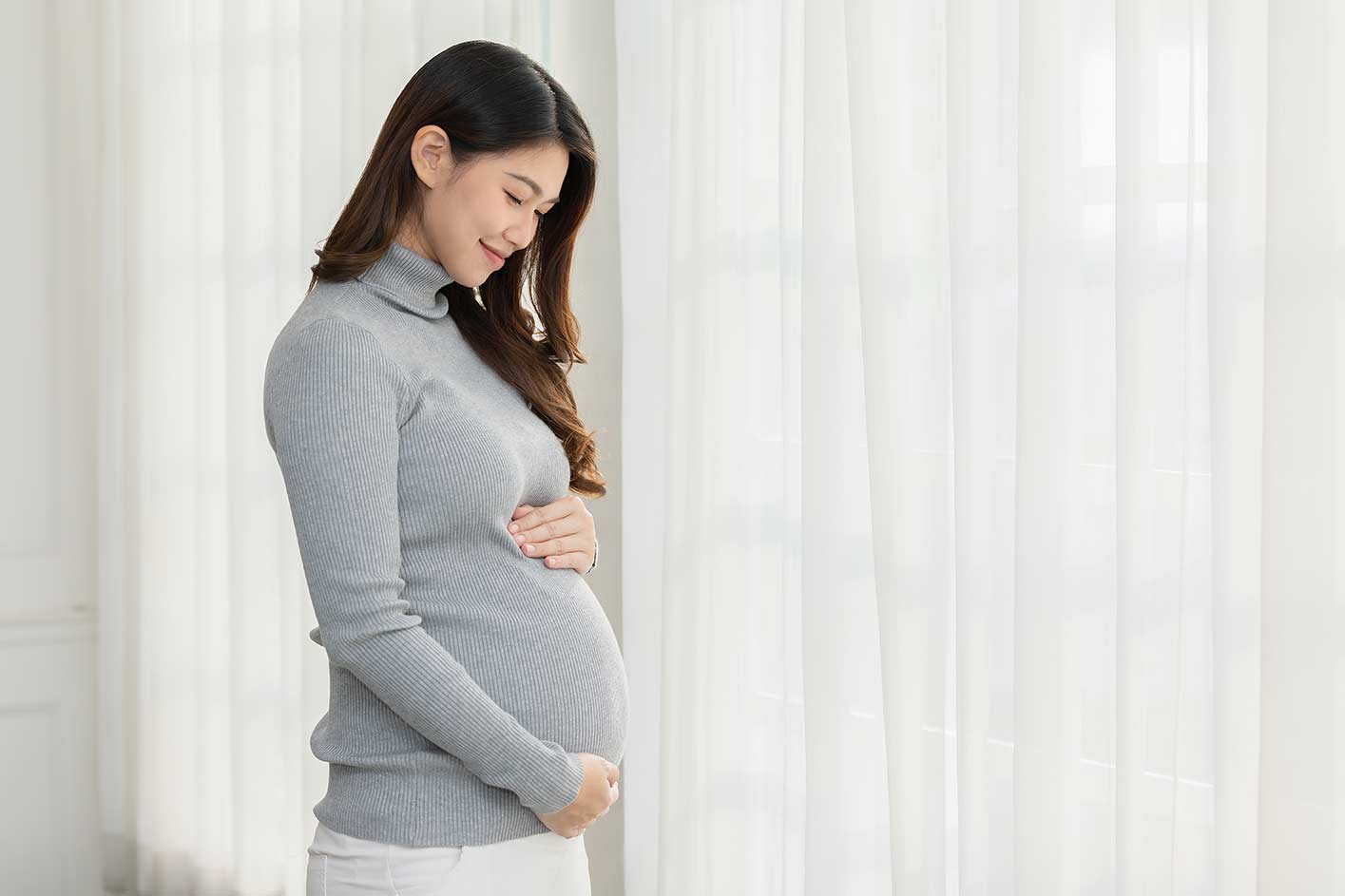6 Ways to Get Your Baby to Move in the Womb

Feeling your little one kick and move is one of the best parts of pregnancy. This also reassures the mum-to-be of her baby’s well-being.
Obstetrician & gynaecologist Dr Liana Koe of STO+G Practice at Thomson Medical Centre notes that babies start to move about from around the seventh to eighth week of pregnancy, and mothers can start to feel the baby moving by the 16th week.
Most women first feel their baby moving (“quickening”) at 18 to 20 weeks of pregnancy, she adds but explains that first-time mums may feel them “later than 20 weeks”. Many pregnant woman start getting anxious when they realise that their baby is moving less or not moving.
Dr Koe says that in these cases, “lie on (your) left side and focus on baby’s movements for two hours”. If you count fewer than 10 movements (kicks, flutters or rolls), she stresses that you should get checked immediately.
If you count fewer than 10 movements (kicks, flutters or rolls), she stresses that you should get checked immediately.
To encourage bubba to get moving, here are some methods you can try.
1. Have a chat with your little one
Dr Koe suggests that you “try different activities to see what your baby responds to best”. She says that your little one may react to certain things you do more ― like talking or when you are relaxed.
Try talking to your baby ― they will be able to hear you from around the 27th week and may even learn to recognise your voices. So, either you or the hubs could have a mini-chinwag with your sprout to try to get a response!
2. Listen to music
Baby may also respond if you sing a song to them, or listen to music. However, refrain from playing too-loud music to your baby as it could damage your little one’s hearing.

3. Eat foods containing natural sugar
Eating sweets ― or healthier alternatives that have sugar may encourage your baby to move. Dr Koe stresses the importance of a good diet during pregnancy, adding that “too much sugar can lead to other problems, such as high sugar levels in pregnancy (diabetes in pregnancy).”
Rather than scarfing down sweets and candy, Dr Koe recommends healthier snacks like fresh fruit and yoghurt, which contains probiotics. “Fruits that are healthier and contain less sugar include berries, melons and peaches… Avoid dried fruits like raisins, or artificial fruit juices, as they often contain additional processed sugar.”
She adds that expectant women should eat natural yoghurt as “flavoured yoghurt is usually sweetened”.
“Lying still and focusing on baby’s movements can make movements more obvious”.
4. Do something else
Dr Koe also points out that “changing your activity or position may help your baby move around”. She notes that during ultrasound scans, doctors may “ask you to take a walk or lie on your side”, so that your baby will change its position.
5. Gently jiggle or poke your baby bump
You could try to gently jiggle or poke your baby bump to get your little one to shift itself. However, it is important to be gentle while doing this, so you won’t hurt baby!
6. Lie still
Do something that will relax you, like lying down or soaking in a bath. When you are relaxed, you will better be able to focus on your little one’s movements.
Dr Koe explains, “A baby’s movements are influenced by a mother’s perception… Lying still and focusing on baby’s movements can make movements more obvious.”
